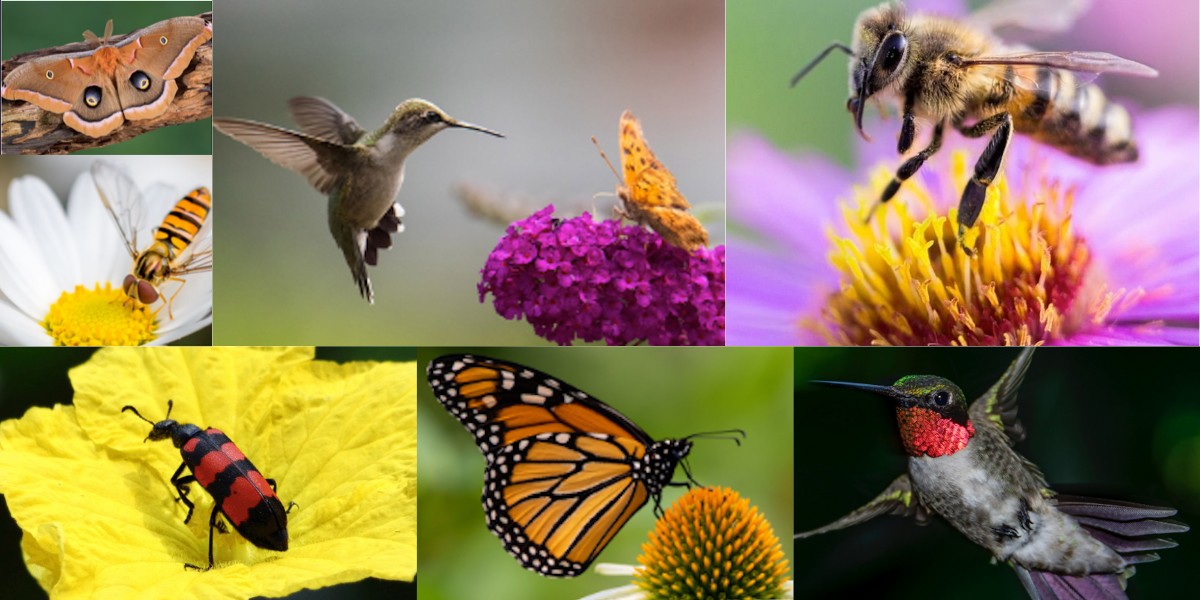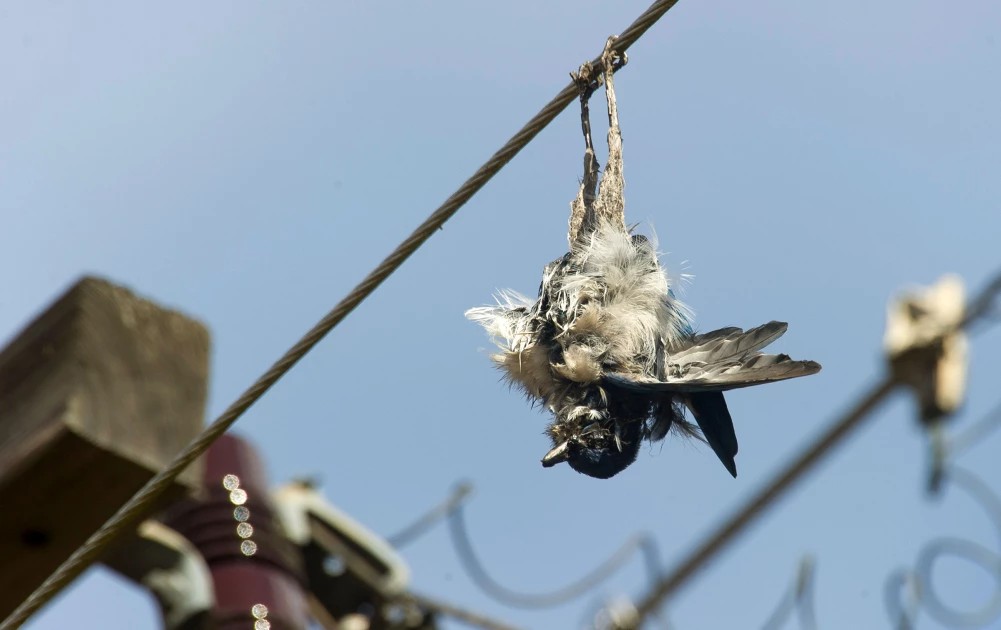- The decline of pollinators in Kenya isn’t just an ecological threat, it’s a direct challenge to food security, smallholder farmers' livelihoods, and national resilience.
- Protecting these tiny yet powerful beings through knowledge-driven action is not just conservation, it’s an investment in the future of Kenyan agriculture and biodiversity.
Pollinators are essential animals that transfer pollen from one flower to another enabling reproduction. While insects (like bees, butterflies, moths, flies, and beetles) are the most common pollinators, birds, bats, and even some mammals also contribute.
Collectively, pollination supports about 75% of the world’s food crops and 35% of global agricultural land according to the United Nations (UN).
Beyond food production, pollinators uphold biodiversity. Almost 90% of wild flowering plants rely on animal pollinators, which in turn maintain healthy ecosystems by enabling plant reproduction, supporting soil health, and nurturing habitats for wildlife.
Their role is foundational to ecosystem stability and essential for both ecological balance and human nutrition.
Yet, Kenya and the world now faces a troubling reality: pollinators are declining. A recent large-scale study involving over 500 beekeepers across Kenya found an average honeybee colony loss of 36.6% during 2021–2022.
Read More
Losses were especially high in hot, dry seasons, compared to cooler, wetter months . Fortunately, by simply providing water near hives, colony losses dropped by up to 10%, underscoring a practical way to build climate resilience on the ground.
These declines reflect broader regional trends. A multi-national survey across Sub-Saharan Africa reported managed honeybee colony loss rates averaging 21.3%, with Kenya among the worst affected.
Over the past decade, Kenya has witnessed a 16.76% decline in beehives overall, even as honey yield per hive improved, suggesting increasing pressure on shrinking pollinator populations.
Pollinator populations face multiple threats that can impact their ability to thrive and survive like habitat degradation and fragmentation.
Additionally, pollution, pesticides, pests, pathogens, and changes in land use, and climate change have also all been associated with shrinking and shifting pollinator populations, particularly insect pollinators
Still, there is reason for hope. Simple, nature-friendly strategies offer tangible solutions: providing water and shade, relocating hives during heat spells, protecting forest fragments, promoting pollinator-friendly farming, and regulating harmful pesticides.
The decline of pollinators in Kenya isn’t just an ecological threat, it’s a direct challenge to food security, smallholder farmers' livelihoods, and national resilience.
Protecting these tiny yet powerful beings through knowledge-driven action is not just conservation, it’s an investment in the future of Kenyan agriculture and biodiversity as not only do pollinators contribute directly to food security, but they are also key to conserving biodiversity according to the United Nations.



-1755864575.png)


